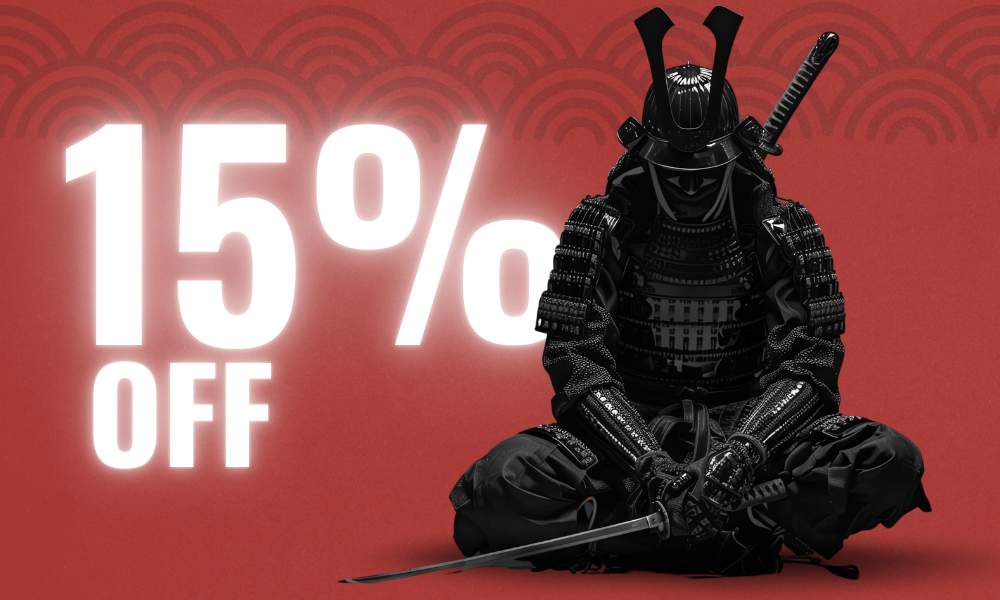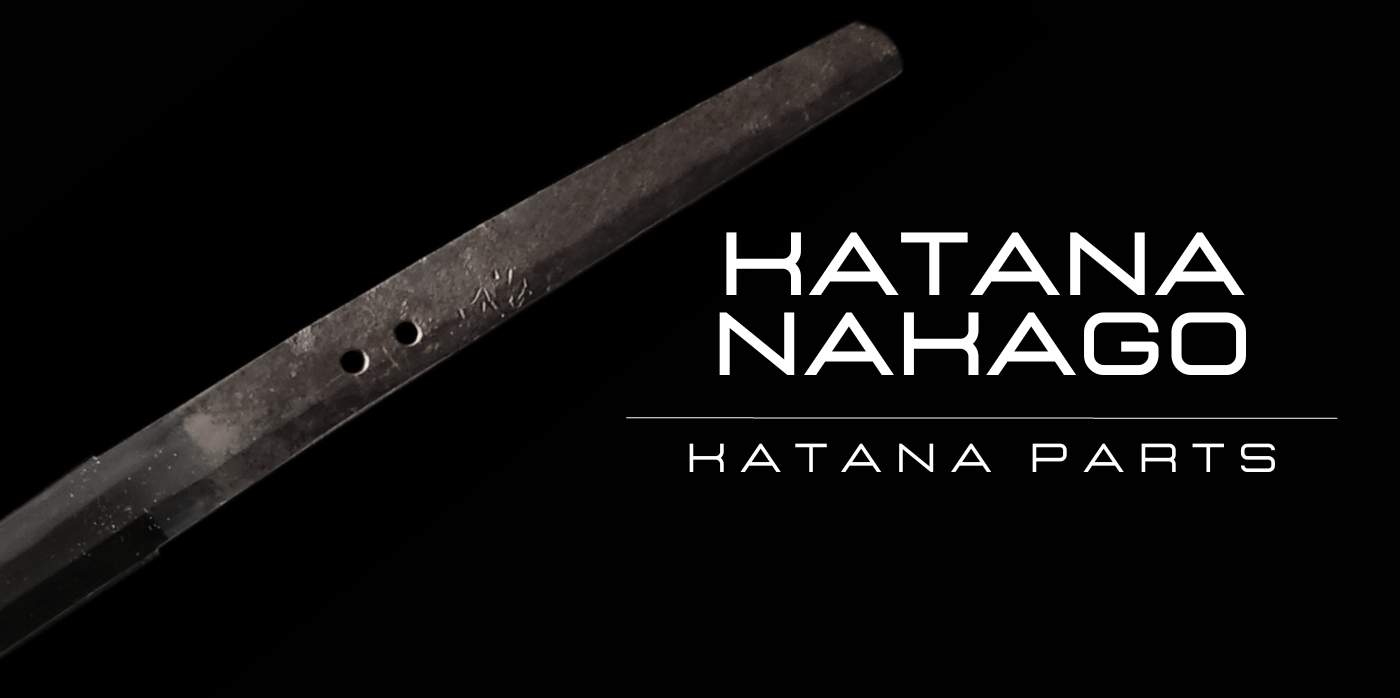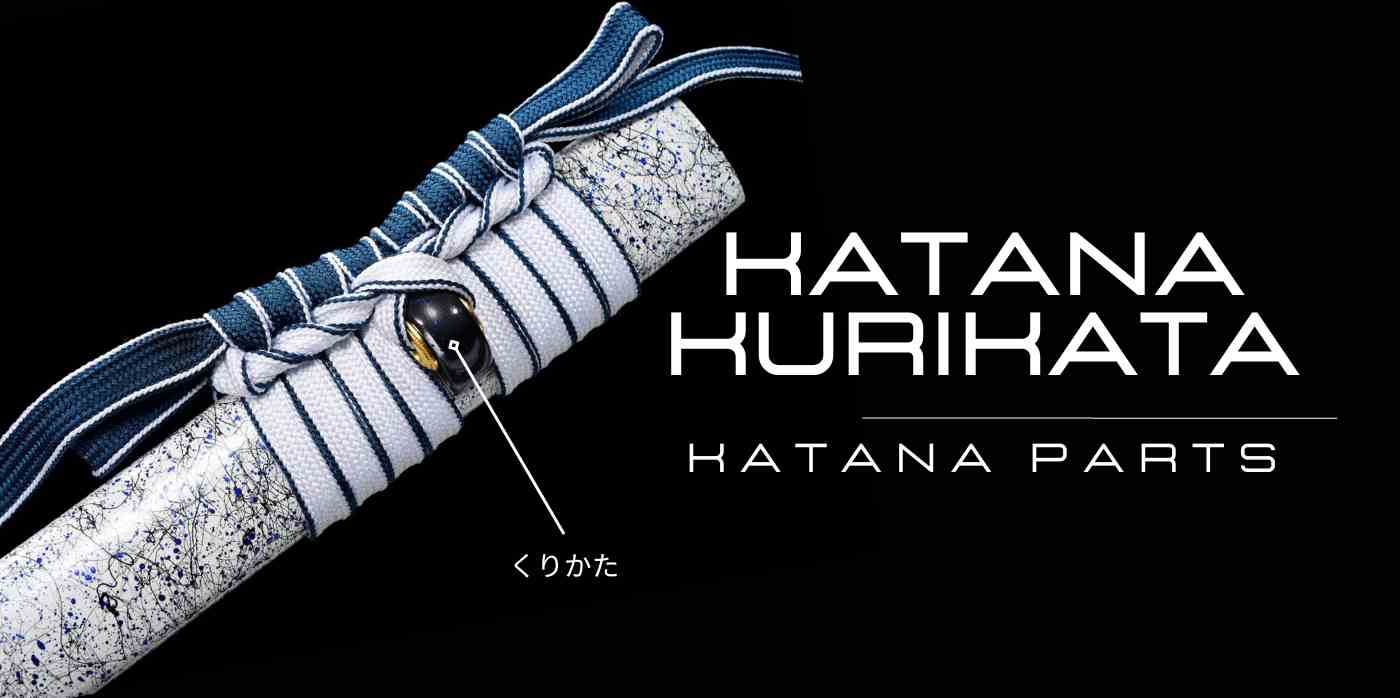1.Nakago (Tang): The Backbone of the Katana
The nakago 茎 (tang) refers to the part of the katana blade that extends into the handle or tsuka. Essentially, it is the extension of the blade within the handle, and it forms the backbone of the katana. Nakago is often not seen because it is covered by the tsuka, but its role is crucial in maintaining the structural integrity and balance of the weapon.
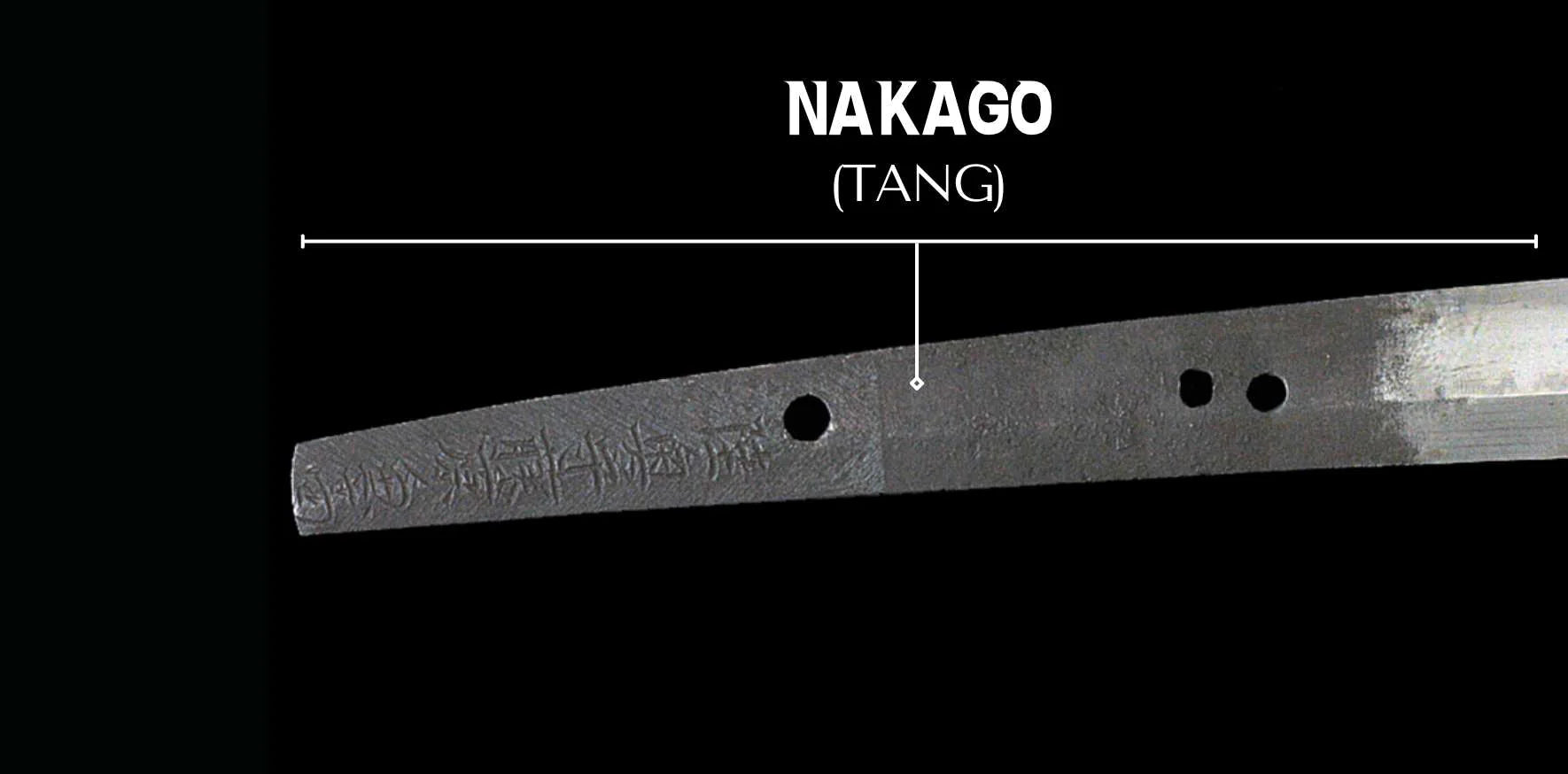
2. Significance of the Nakago
2.1 The Unseen Strength
The nakago brings stability and strength to the katana. As the structural core, it holds the blade and the handle together, ensuring that they work as a single, cohesive unit during use. The nakago's shape and length directly impact the balance of the sword, influencing the user's agility and maneuverability during combat.
2.2 An Identifier of Authenticity
Apart from its structural role, the nakago also serves an important cultural purpose. Traditional Japanese swordsmiths often inscribe their signatures or mei on the nakago, marking their craftsmanship. In many cases, these inscriptions can help identify the sword's maker, origin, and even the era in which it was created, making it a crucial element for collectors and historians.
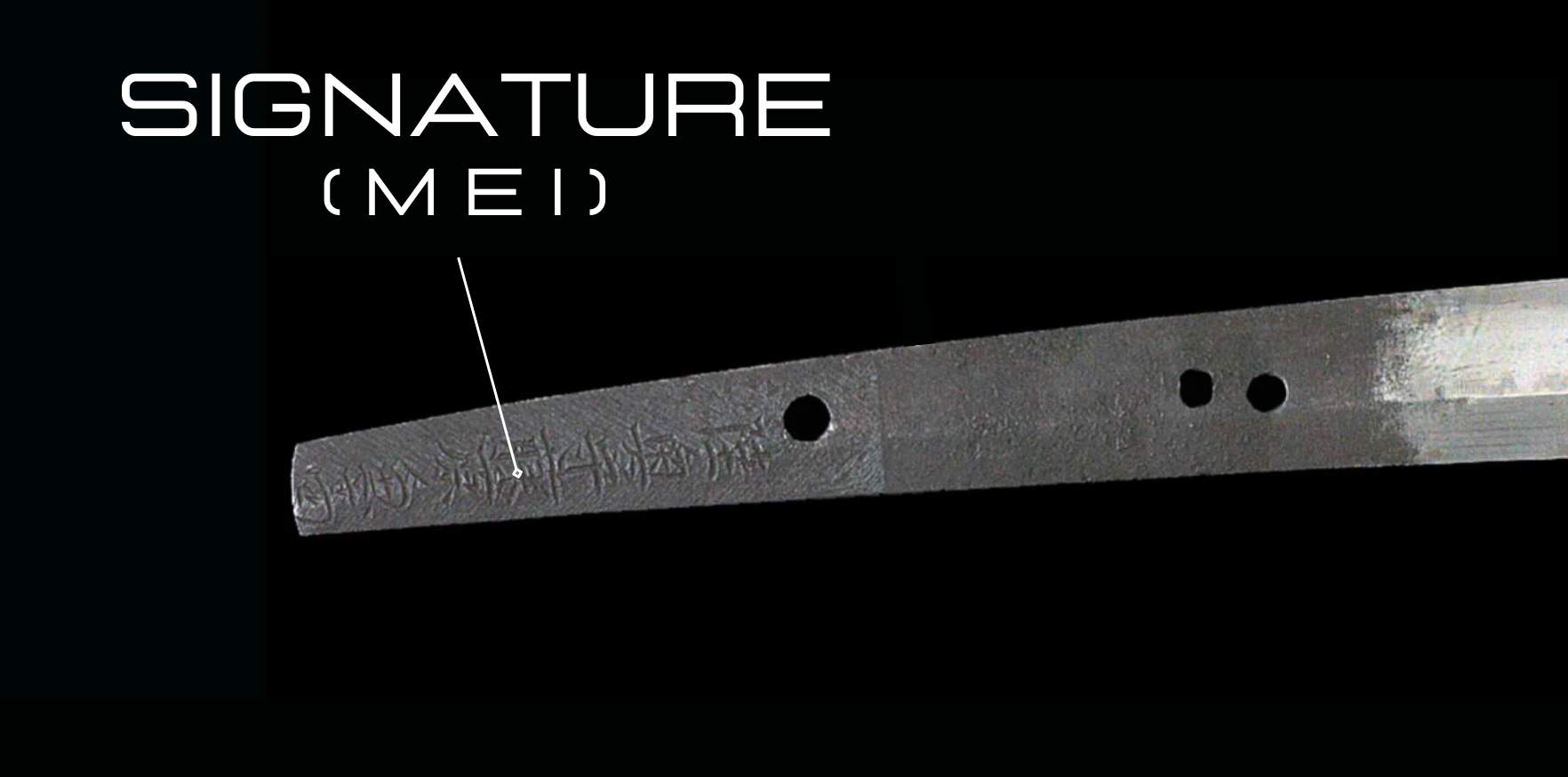
3. Types of Nakago
3.1 The Ubu Nakago
The ubu nakago (full tang) is the original, unaltered tang of a katana. These nakago have not been shortened or modified over time, retaining their original state as the swordsmith intended. Ubu nakago often bear the swordsmith's signature on the side facing away from the wielder when held, known as the ura.
3.2 The Suriage Nakago
In contrast, the suriage nakago refers to a tang that has been shortened. This alteration is usually done when adapting the sword to a different style or when the original tsuka has been damaged. Often, the mei or signature may be lost during the suriage process, which may affect the historical and monetary value of the sword. This is also the case for decorative katana, where shorten the tang reduces production costs.
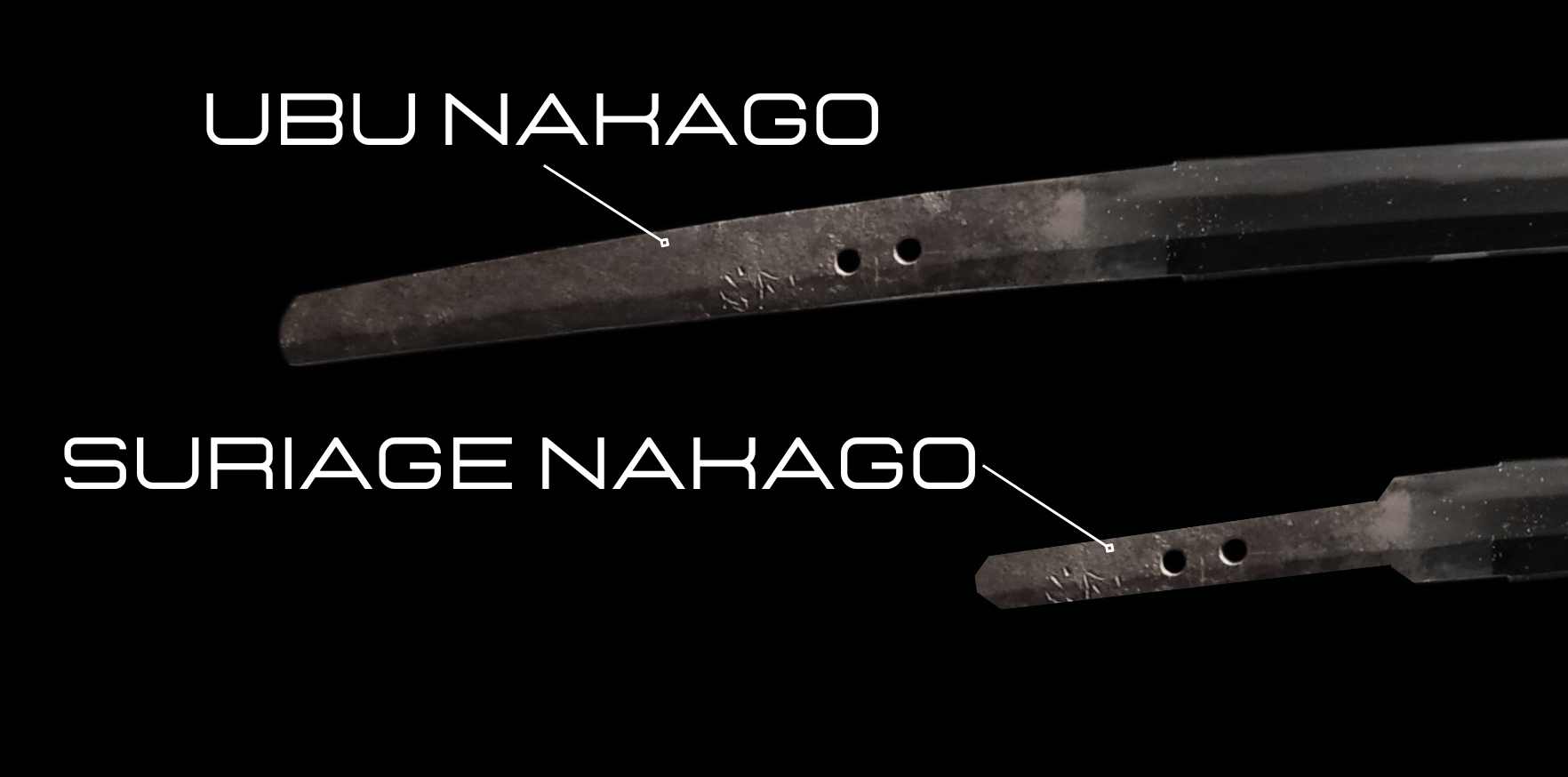
Summary:
- The nakago, or tang, is the part of the katana blade that extends into the handle, acting as the structural backbone of the weapon.
- The nakago's length and shape contribute significantly to the balance and overall performance of the katana.
- Swordsmiths often inscribe their signatures on the nakago, serving as a mark of craftsmanship and a source of valuable historical information.
- There are two main types of nakago: the ubu nakago (unaltered tang), and the suriage nakago, which has been shortened.
Now that we had a look about katana blade's part, let's dive in the katana handle with the habaki.


